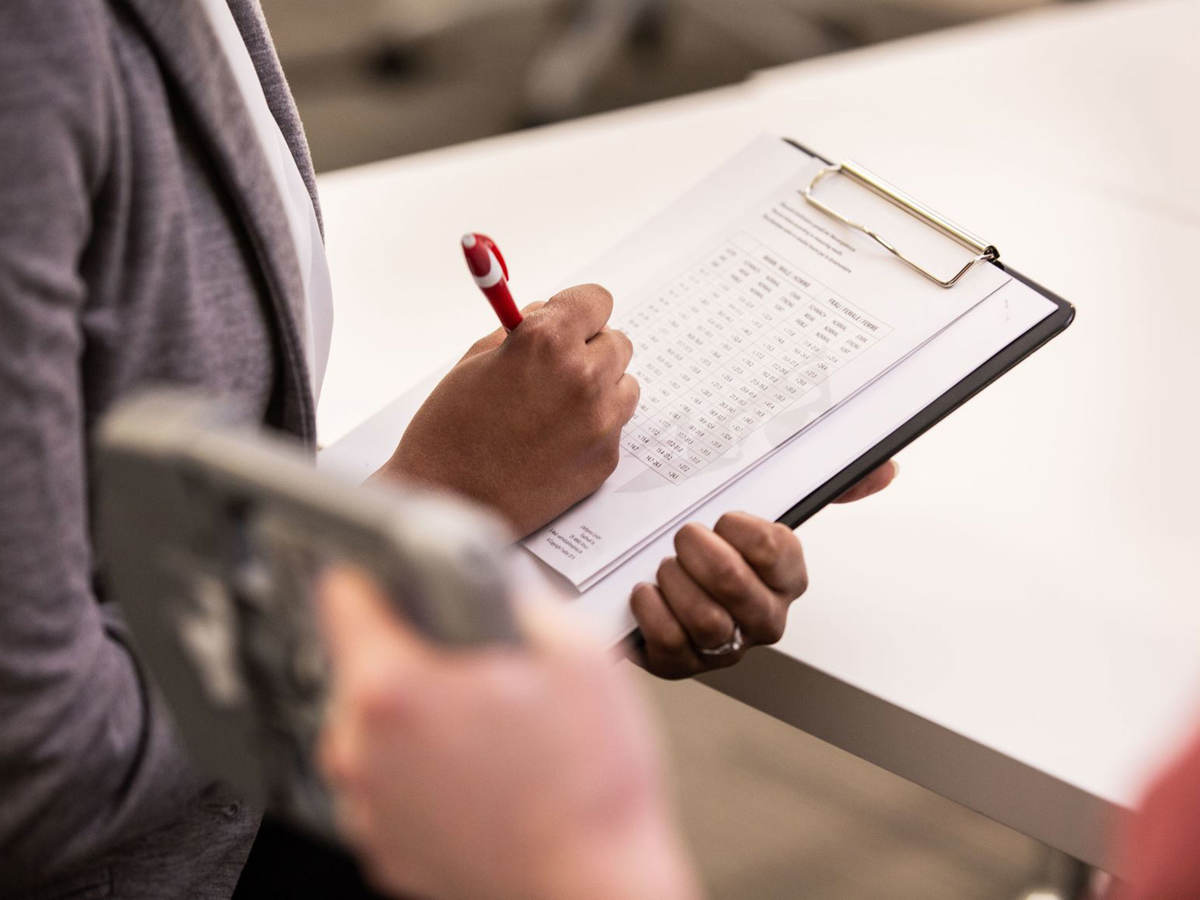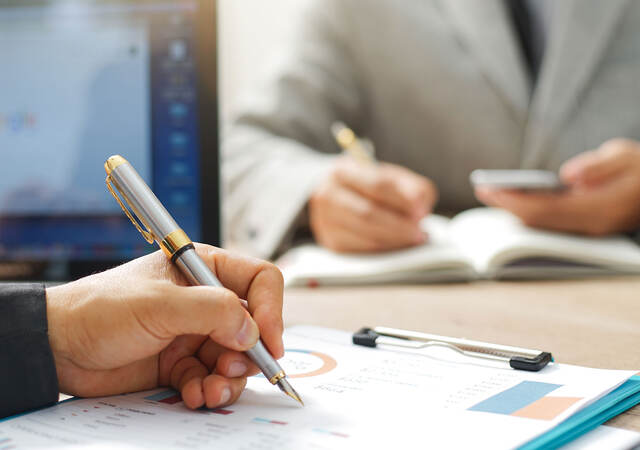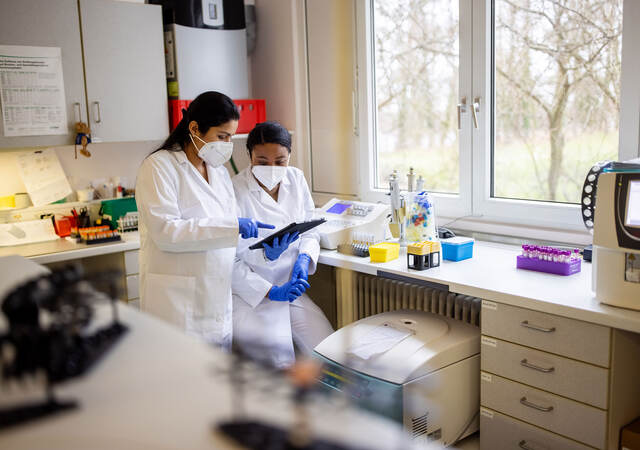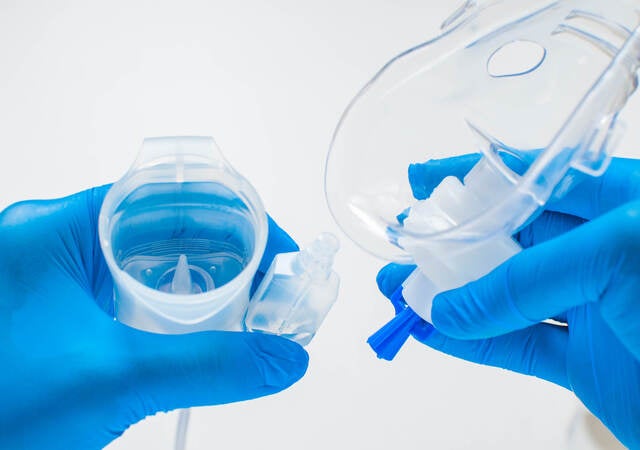ANSWERED ON THIS PAGE:
- How are medical devices classified in Brazil?
- How does classification affect registration requirements for our device?
- What is considered a device family by ANVISA?
Gaining ANVISA approval
Before medical device manufacturers can legally sell their products in Brazil, they must comply with Brazilian medical device regulations set forth by the National Health Surveillance Agency. (ANVISA).
The approval process in Brazil can take time, so it is best to confirm the correct classification and grouping of your medical device before starting the ANVISA registration process. Improper classification or grouping into product families, slight changes to formulations, or claims of performance that cannot be substantiated by clinical data can significantly impact the regulatory approval process and its associated costs.
Determining your ANVISA device classification and grouping
In the ANVISA regulatory process, the first step in determining your path to compliance with Brazilian regulations is to ascertain the classification of your medical device. Devices are classified into four classes based on risk (Class I-IV).
ANVISA’s classification system is based on the classification rules in Annex VIII of the Medical Device Regulation (MDR) No. 2017/745. As such, classifications are often consistent between Europe and Brazil. For example, a Class IIa/IIb device in Europe is usually a Class II/III device in Brazil. If you have multiple products, you must determine the correct product family grouping, which will determine the number of submissions required to ANVISA.
Device registration routes in Brazil
Once devices are classified and grouped, manufacturers must follow the Notificação or Registro registration route, depending on their classification. Class I and II devices are considered low-risk and therefore eligible for the Notificação application process, which does not require ANVISA review. Class III and IV devices are deemed higher-risk by ANVISA and must go through the Registro registration process. Download our Brazil regulatory chart to learn more about steps in the Notificação and Registro device registration routes.
Why choose Emergo to assist with Brazil medical device classification?
Emergo by UL represents hundreds of medical device and IVD companies in Brazil. Our Brazil team specializes in medical device registration and can help you determine the proper ANVISA classification for your medical device.
- We will confirm whether your product is a medical device, cosmetic, medicinal, or combination product.
- We will determine whether any local certification requirements apply to your device, such as ANATEL or INMETRO certification.
- We will review the technical information, intended use, and claims for your device, ensuring proper classification and grouping before beginning the registration process.
- Our Brazil team will communicate with ANVISA on your behalf during and after the registration process as needed.
Our in-depth knowledge of the Brazilian medical device market means we can provide the most efficient and cost-effective regulatory approval strategy for your device.
Common questions regarding ANVISA
What is considered a device family - what products can be in a single submission?
Brazil considers similar criteria for a product family as in other major global markets, i.e., same intended use, same indications for use, same technology, manufacturer, and so on. Differences in size, dimension, or shape, for example, generally do not matter (although certain products, such as orthopedic implants, will consider differences like these).
How long is our ANVISA registration valid?
The term of your ANVISA registration varies by class. Class III and IV registrations are valid for ten years; whereas Class I and II registrations no longer have an expiration date.
Request information from our specialists
Thanks for your interest in our products and services. Let's collect some information so we can connect you with the right person.







